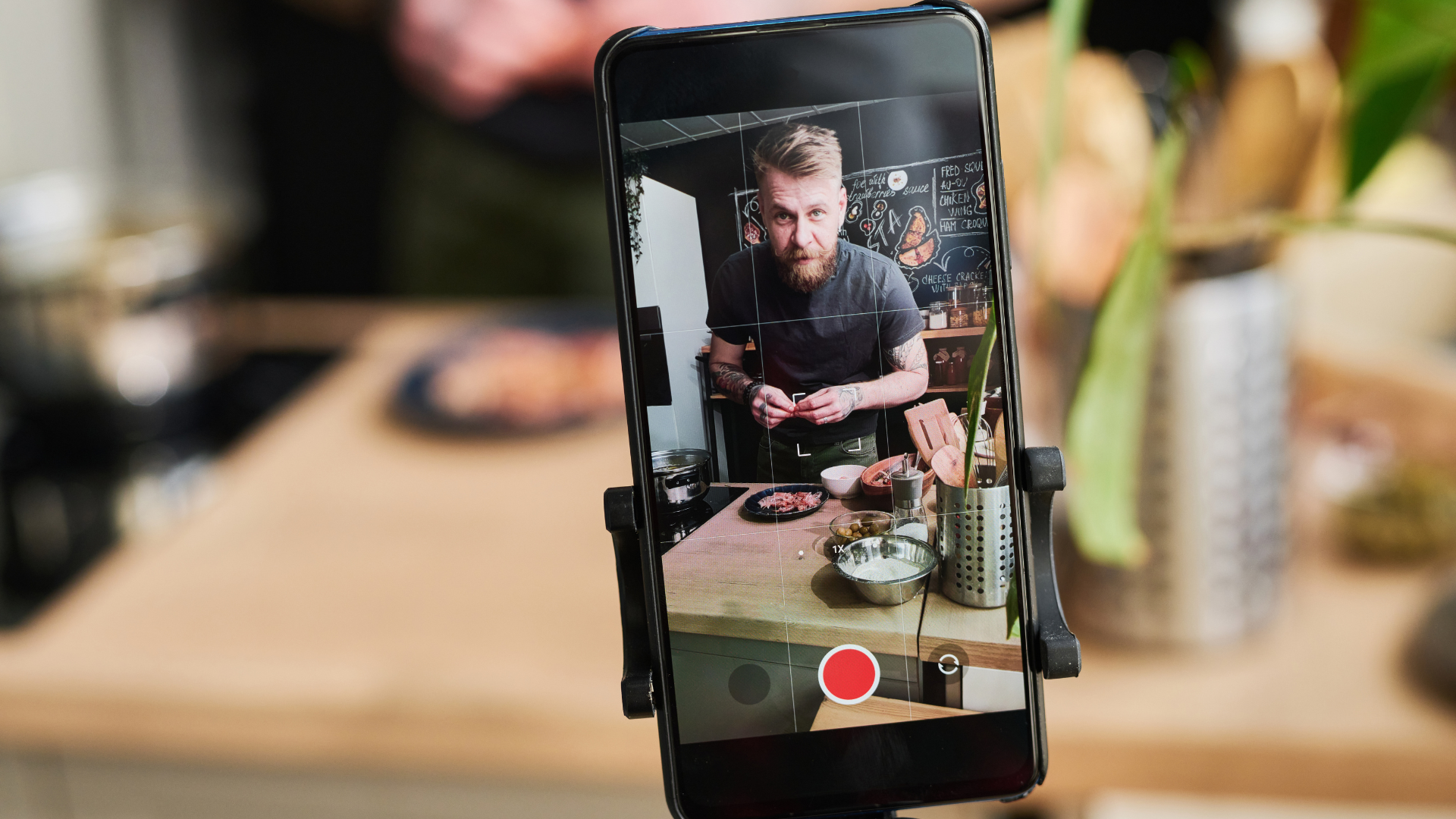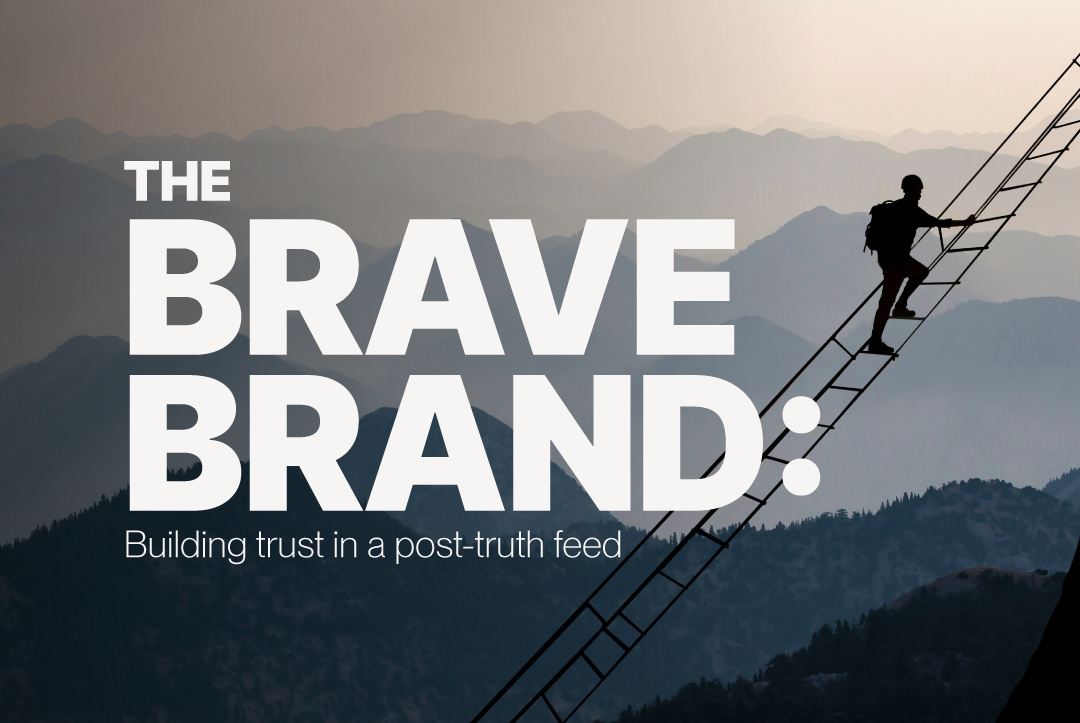For years, social media has been defined by fast, snackable content like TikTok clips, and Instagram Reels. The focus has been on content designed to capture attention in the scroll, deliver quick entertainment, and reach a mass, albeit sometimes niche, audience. But recently, whispers of a long-form content comeback have prompted a crucial question for content strategists: what does this mean for your brand's approach?
While short-form formats still dominate in volume and are great for initial discovery and engagement, longer videos and articles are quietly (and successfully) building stronger, deeper connections. So how do brands find the balance between short and long-form formats to achieve their marketing goals? Let’s break it down.
Short-form is still dominant – but it’s evolving.
There's no doubt that short-form remains a powerhouse for grabbing attention and viral reach across many platforms. But the idea that it owns all the engagement is becoming more nuanced. For instance,TikTok may now support 10-minute videos, but around 86% of uploads are still under one minute, and the majority fall between 10 and 60 seconds.
That said, social media attention span trends are shifting, and platforms are noticing. For example, recent studies suggest TikTok's algorithm now increasingly favours content in the 90–180 second range. More users are watching Reels that stretch past 90 seconds. While people still swipe for speed, they’re also staying for substance.
Strategic use of short-form
It’s not just video length that’s changing - it’s the role that short-form plays too. The days of chasing views through trends alone are gone. Instead, brands are integrating short-form content, such as Instagram Reels, TikToks, and YouTube Shorts, into a much more deliberate content marketing strategy.
One of the key shifts is how short-form content is being used to support funnel behaviour. Rather than just standalone clips, smart marketers are using short-form as the top of the funnel - grabbing attention quickly and offering intrigue to drive users further along the customer journey. These quick-hit videos act as teasers, mood-setters, or bite-sized storytelling moments that nudge viewers toward mid- or long-form content that offers more depth, more value, or a stronger brand connection.
Take Gymshark, for example. Their social strategy leans on short-form content - fast-paced TikToks, punchy Reels, high-energy training clips - all designed to grab attention in under 30 seconds. But it doesn’t stop there. These short-videos act as top-of-funnel moments, prompting viewers to "watch the full story on YouTube" or "see the full workout breakdown” and drive them towards rich, more immersive longer-form content. This is classic content funneling in action, and done right. The content is still snackable, but it’s intentionally sequenced.
Short-form isn’t going anywhere. But its context is evolving, and the opportunity for longer content is growing alongside it.
The long-form content comeback of 2025
As the above example shows, short-form isn’t the whole story anymore. If the past few years have been dominated by vertical video and trending audio, 2025 is where long-form starts to find its groove again.
We’re seeing a subtle, but growing, shift towards content that slows the pace and offers more depth. Both creators and brands alike are starting to rebalance their strategies - not abandoning short-form, but building on it with longer, more considered content that informs, engages, and builds a stronger connection.
Part of this resurgence could be driven by audience fatigue. After years of scrolling through the same remixable trend and repackaged audio clips, users are craving content that feels fresh and thought-provoking. While short-form is still great for discovery, it’s not always built for trust or meaning.
Platforms are responding to this shift. YouTube continues to reward 8–12 minute videos as the algorithm sweet spot, giving creators space to explore ideas, tell stories, and monetise more effectively.
Meanwhile, TikTok is experimenting with 30-minute uploads, a major departure from its roots, signalling an interest in competing not just for attention, but for immersion. Even Instagram has noticeably dialled back its aggressive Reels push, creating space for other formats to thrive again..
On top of this, the rise of podcast-style video content is redefining what long-form looks like on social. Shows like Diary of a CEO, Call Her Daddy, and Hot Ones prove that there’s demand (and ad revenue) for content that feels intimate, in-depth and un-filtered.
So while short-form still drives discovery, long-form is where trust is built. It’s where people choose to stick around — not just because they’re entertained, but because they’re genuinely interested. That extra time lets you go deeper: explain more, show what you stand for, and turn passive scrollers into loyal followers, customers, or advocates.
Strategic use of long-form
Like short-form content, long-form is also being used more strategically beyond just video views.
For brands, long-form formats such as tutorials and explainers, staff interviews, or episodic-style content can double as evergreen assets that support SEO performance, boost organic discoverability, and drive on-site engagement.
Studies show long-form content consistently ranks higher in search results and attracts significantly more backlinks. Embedding a 10-minute video on a product page or campaign landing page doesn’t just add context, it increases dwell time, signals content quality to search engines, and gives users a reason to stick around.
And let’s not forget the storytelling potential. Whether it’s a deep-dive into product development, a mini-documentary on company values, or a video podcast featuring industry voices, long-form unlocks space to say something meaningful, something a 15-second Reel just can’t do.
Finding the balance for your brand
The key takeaway? Short-form isn’t out - long-form is just back in the mix. And the smartest brands are using both, strategically.
To make it work, consider:
-Be-audience first: Match content length and format to what your audience needs (and where they are in the funnel).
-Use short-form to lead: Grab attention, then guide viewers toward something deeper.
-Repurpose content: Turn long-form content into multiple scroll-stopping snippets, maximising the return on your content investment.
By using both formats strategically, you can capture fleeting attention and build lasting connections.
Need help making it happen? Give us a shout. At Hydrogen, we specialise in creating content that cuts through, no matter the run time.





